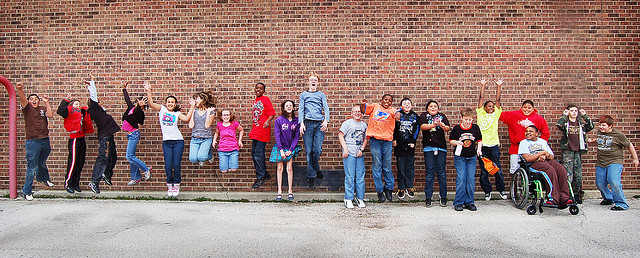
“Everyone is interested in something, it just may not be the thing we want them to be interested in,” said Larry Ferlazzo, an English and Social Studies teacher at Luther Burbank High School in Sacramento, California in a recent conversation with Steve Hargadon on the Future of Education. Ferlazzo exemplifies the hardworking public school teacher balancing the demands of high stakes testing with everything else he wants his students to learn. He’s spent a lot of time researching the science of learning and has written several books, the most recent called Self-Driven Learning: Teaching Strategies for Student Motivation.
“One of the key elements of helping students develop more intrinsic motivation is developing relationships, knowing what students are genuinely interested in and being able to connect with that,” Ferlazzo said. He had a student with a long history of academic under-performance. When Ferlazzo asked the class to write a persuasive essay about the most challenging natural disaster in history, the student refused. But when Ferlazzo told him he could write persuasively on why the Raiders are the best football team, he got to work. His success on the assignment inspired him to write another persuasive essay for extra credit and to proudly show his mom his work.
“Unfortunately, often times in our schools, the standardization of both testing and lessons do not leave time for trying to help students develop that inner capacity,” Ferlazzo said. “It’s more let’s get through the chapters, whether it’s connected to students’ lives and their vision, or not.” Ferlazzo kept his eye on the goal of writing persuasively and was able to show flexibility that gave the student space to learn on his own terms.
GIVING STUDENTS GENUINE CHOICE
Ferlazzo’s school is Title I; all the students qualify for free and reduced lunch. Some of his students don’t know where they will be sleeping each night and life outside of school can feel out of control to many of them. Ferlazzo recognizes the external challenges his students face, but still tries to give them authentic choices within the classroom to help them develop intrinsic motivation to learn.

